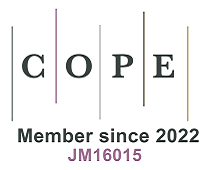Figure1


Figure 1. Scanning X-ray Diffraction Microscopy (SXDM) experimental schematics (A). A nanofocused beam (with wave-vector


Figure 1. Scanning X-ray Diffraction Microscopy (SXDM) experimental schematics (A). A nanofocused beam (with wave-vector


All published articles are preserved here permanently:
https://www.portico.org/publishers/oae/